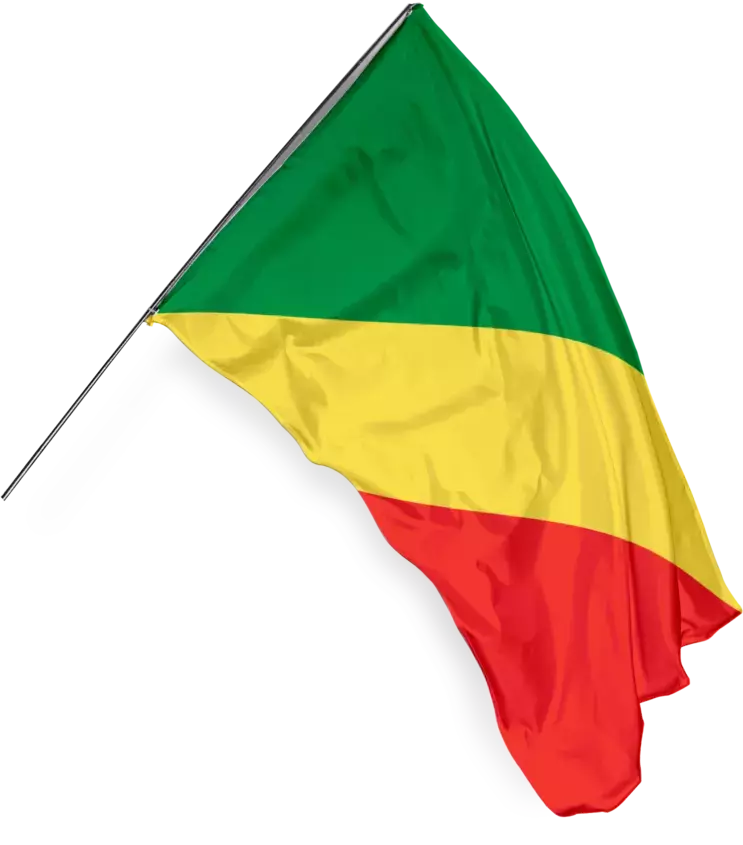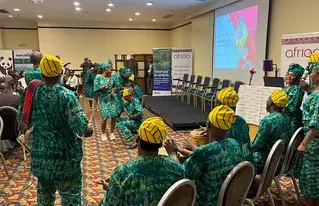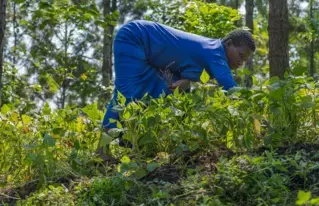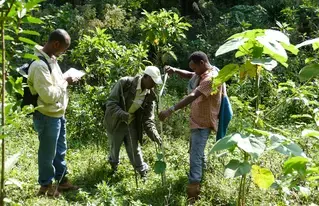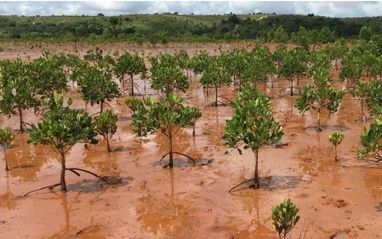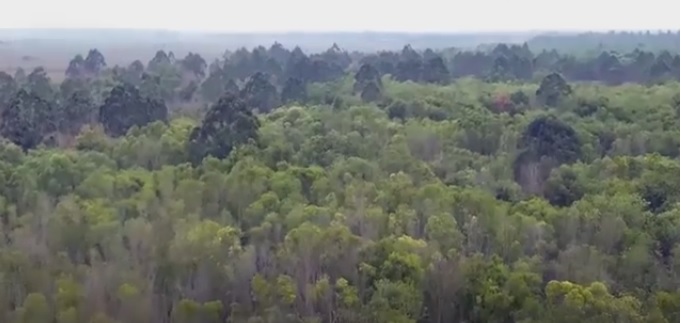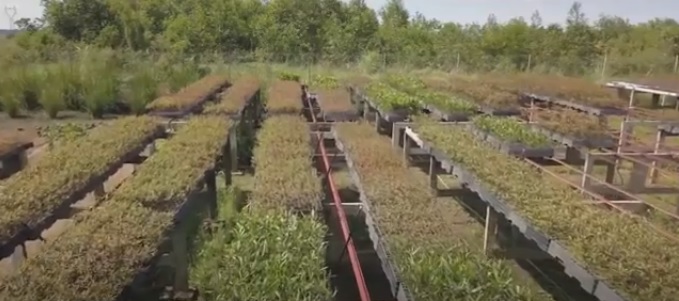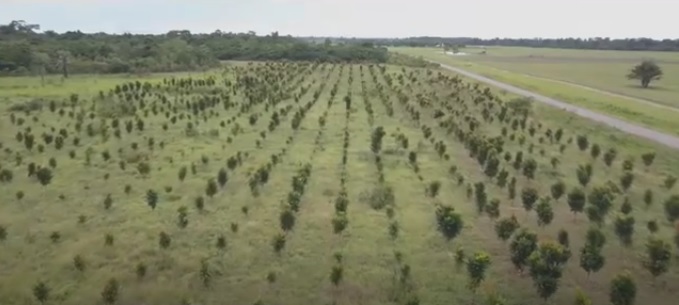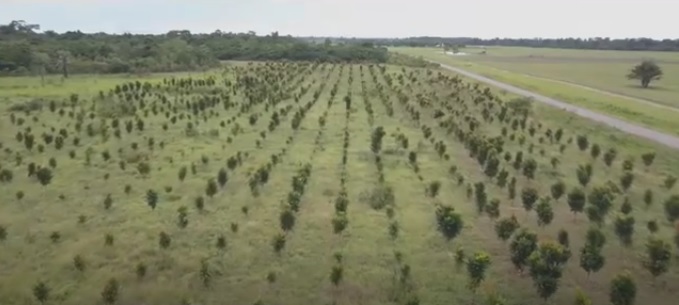Protection, Sustainable Forest Management and Certification of Natural Forests
The Government of Congo works with key stakeholders to manage and conserve several thousand square kilometers of rainforest in the Republic of Congo. We support protection of these massive stretches of forest and their wildlife, but also seek to find sustainable alternatives for people reliant on forest resources. Protecting and Certifying natural forests reduce deforestation and illegal trading of timbers across country which intensifies deforestation in Congo basin.
The Republic of Congo needs to get better at marketing its legal and certified tropical timber in key markets like Europe and to discourage illegal trading of timber from natural rainforests. To this end, our timber producing members are required to have private legality audits. The Republic of Congo must improve its marketing of legal and certified tropical timber in key markets such as Europe, as well as discourage illegal trade in natural rainforest timber. To that end, our timber-producing members must undergo private legality audits.
